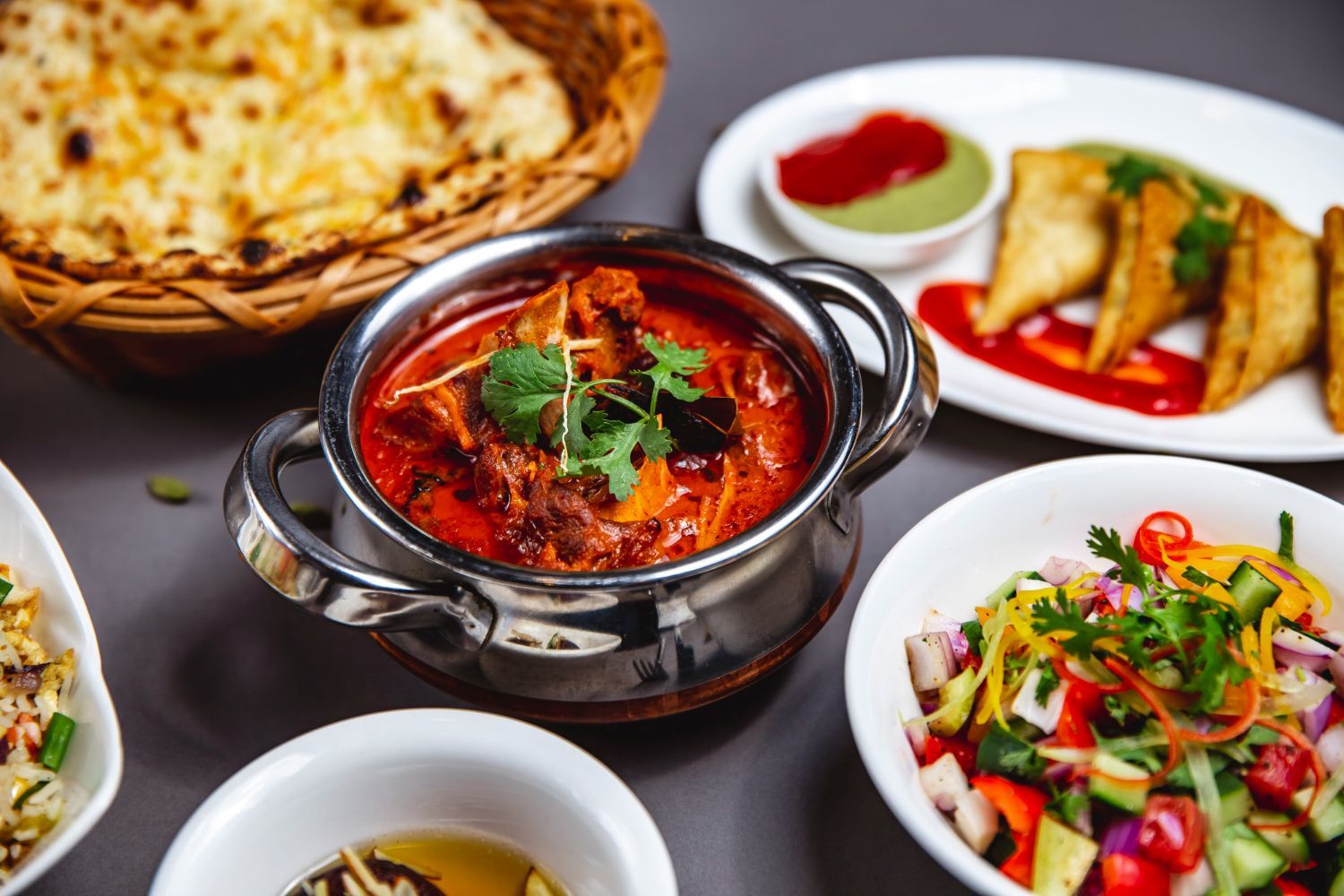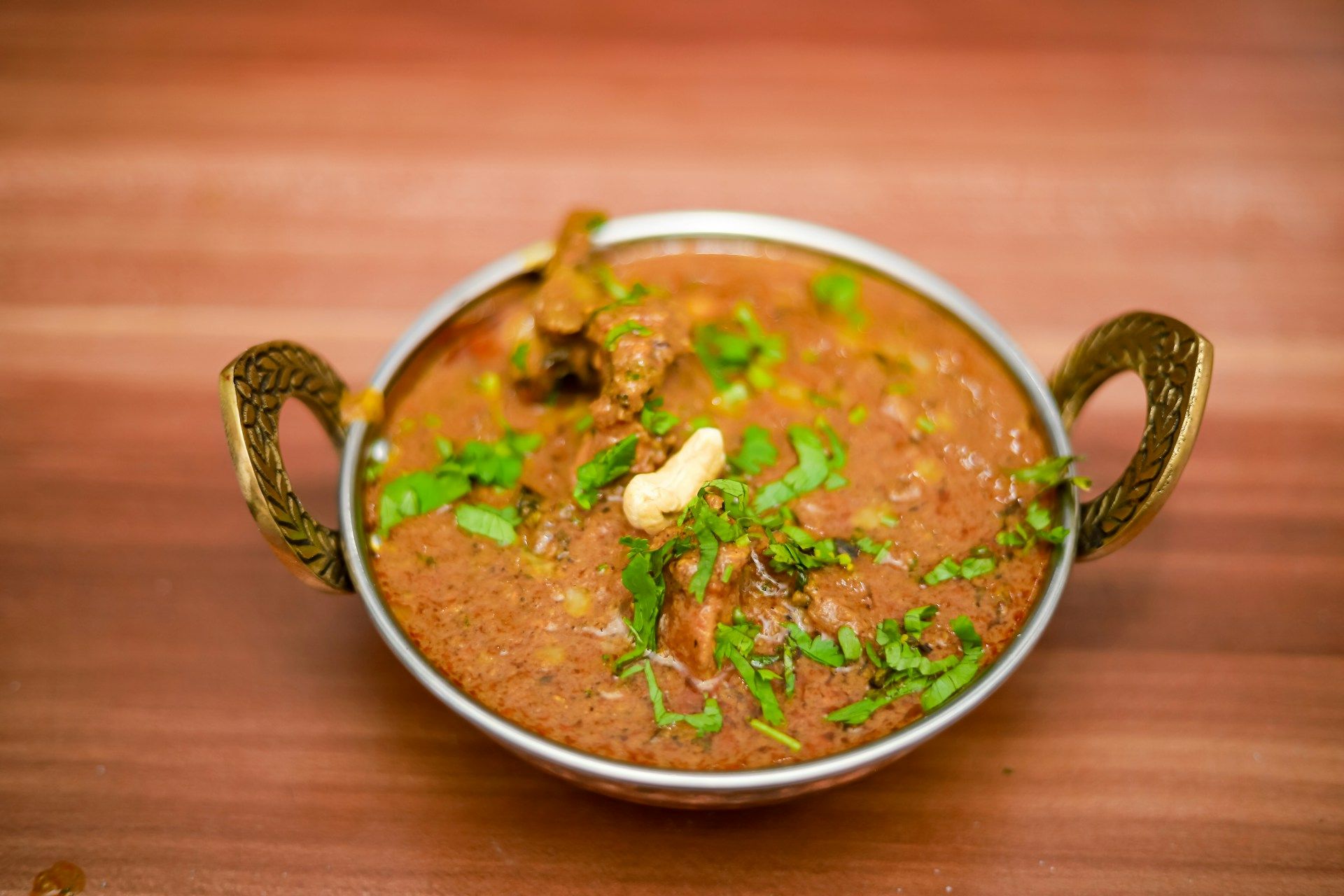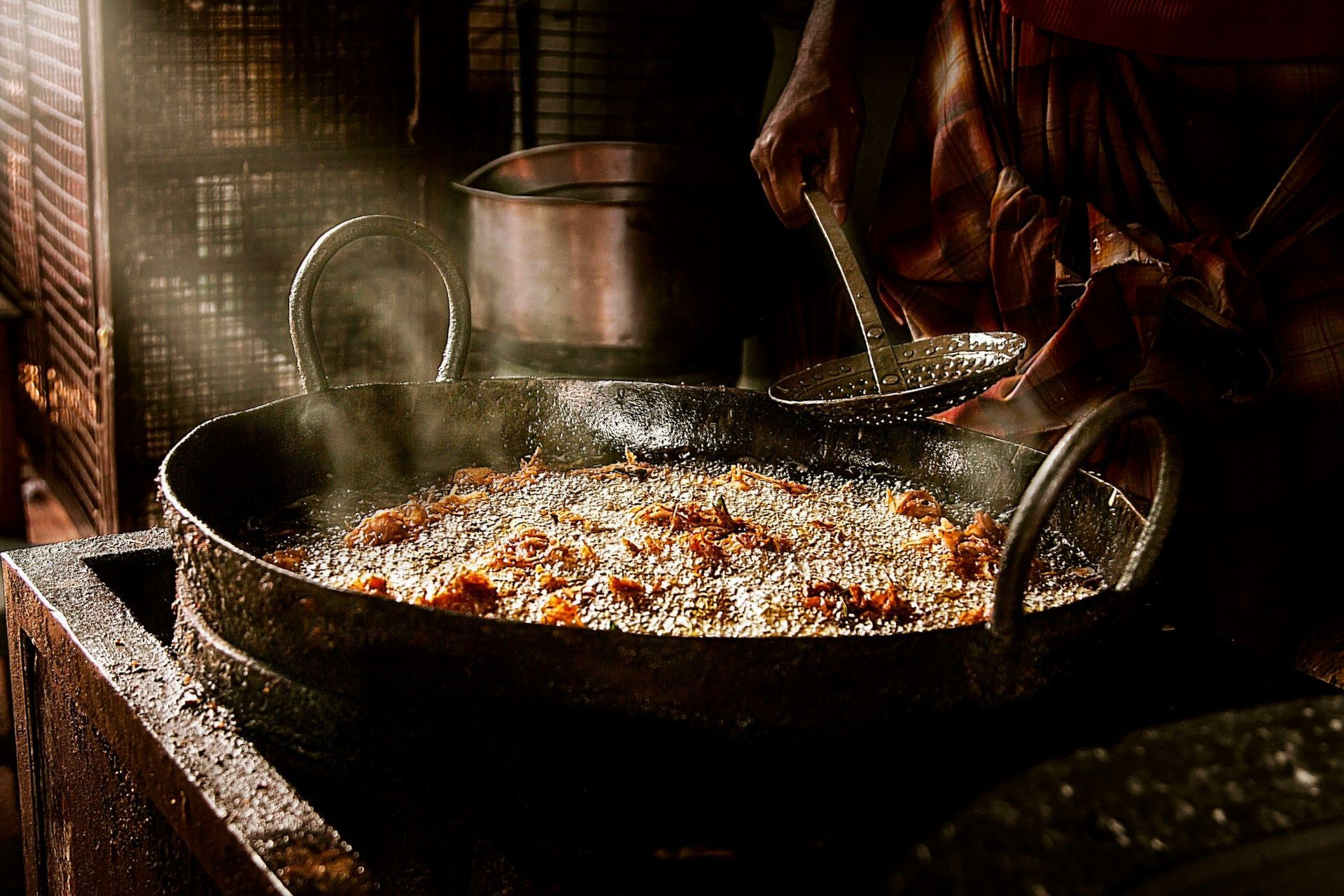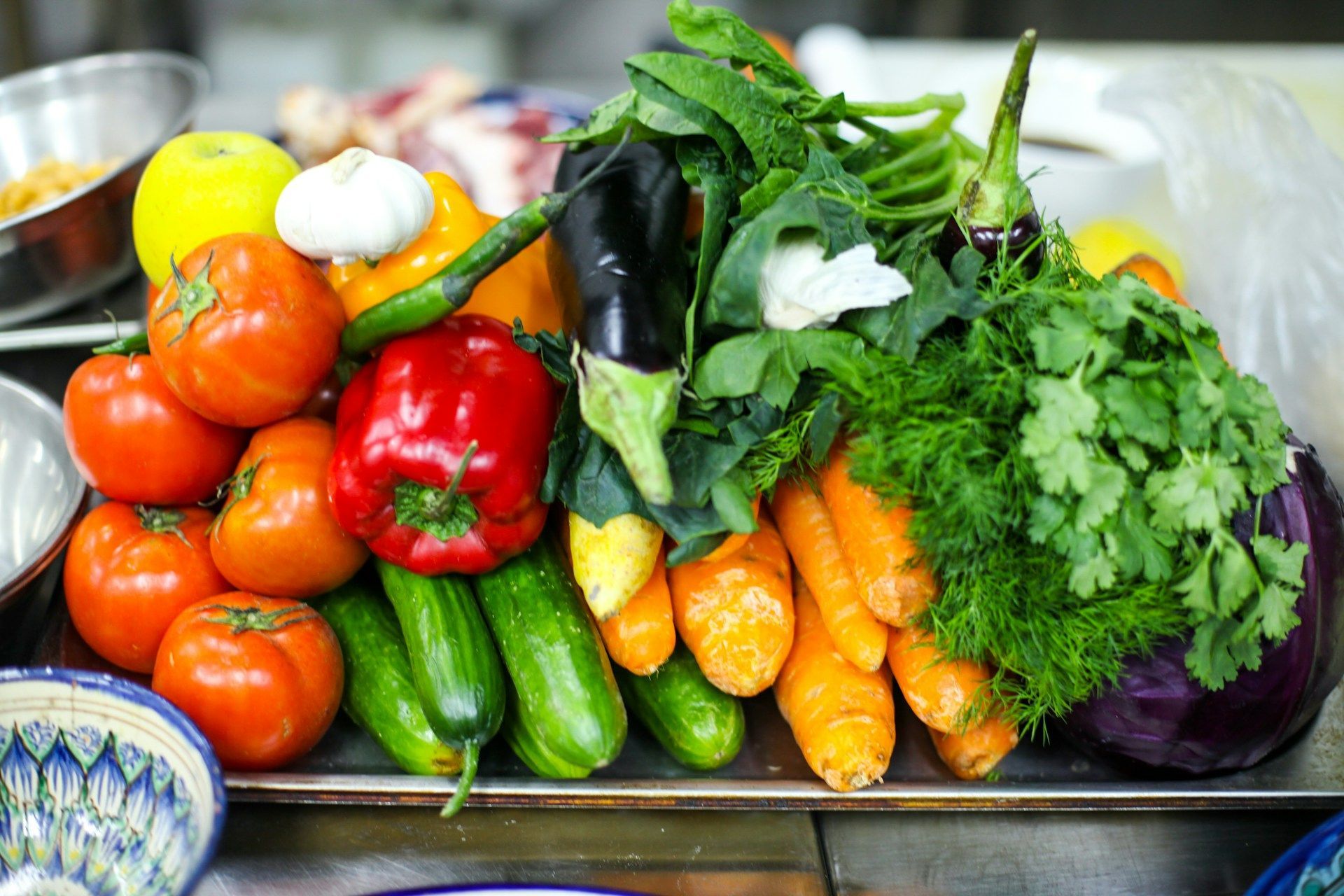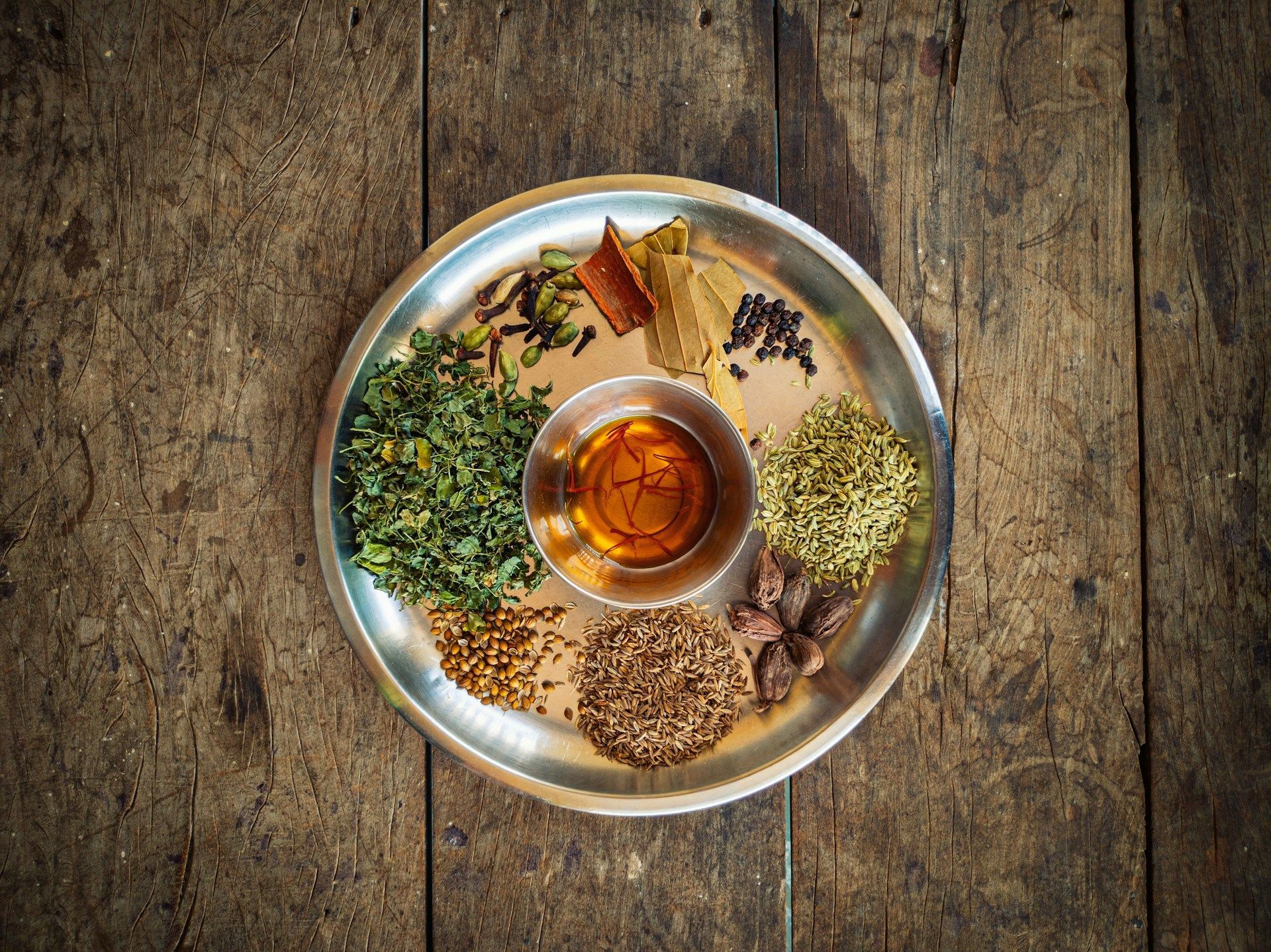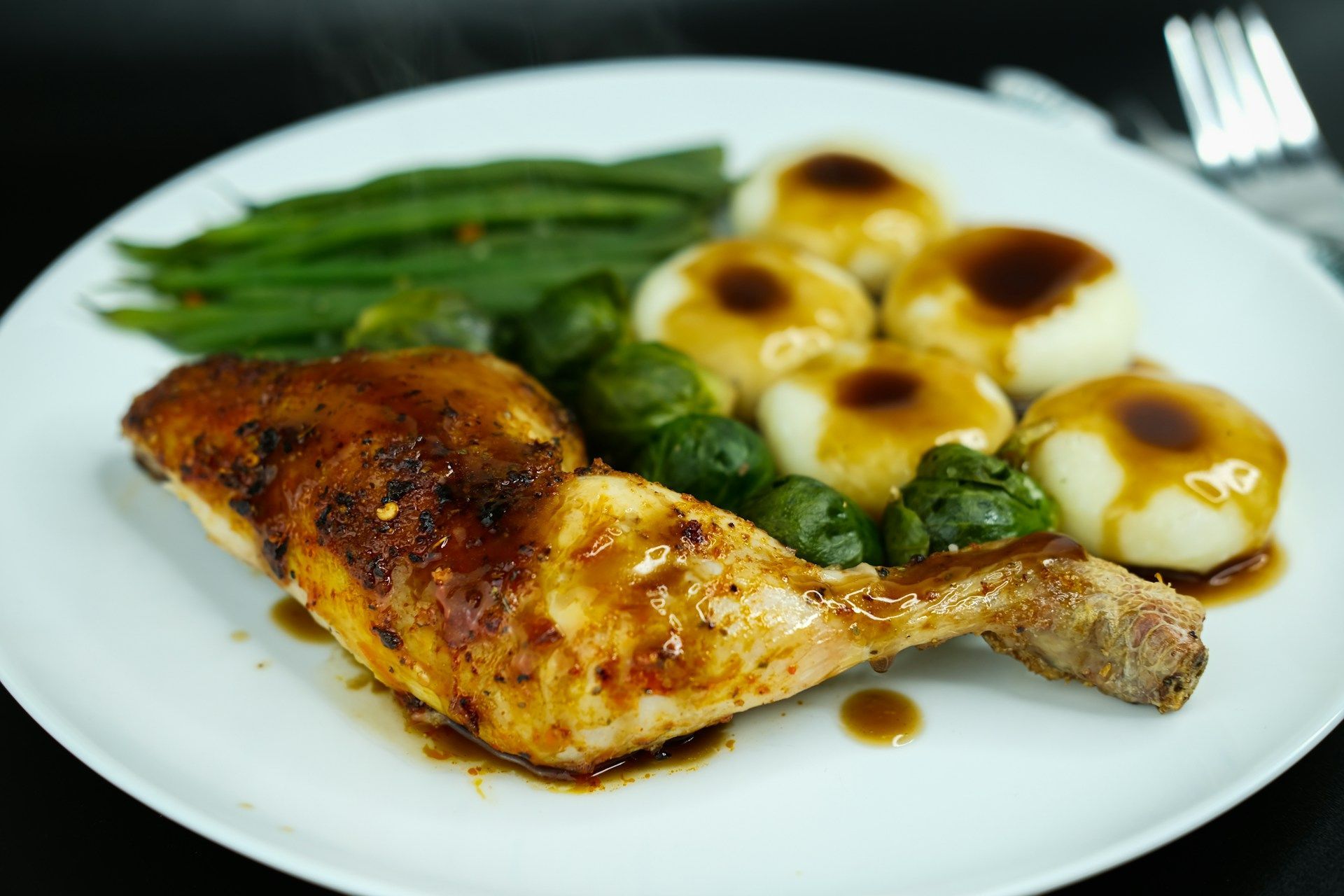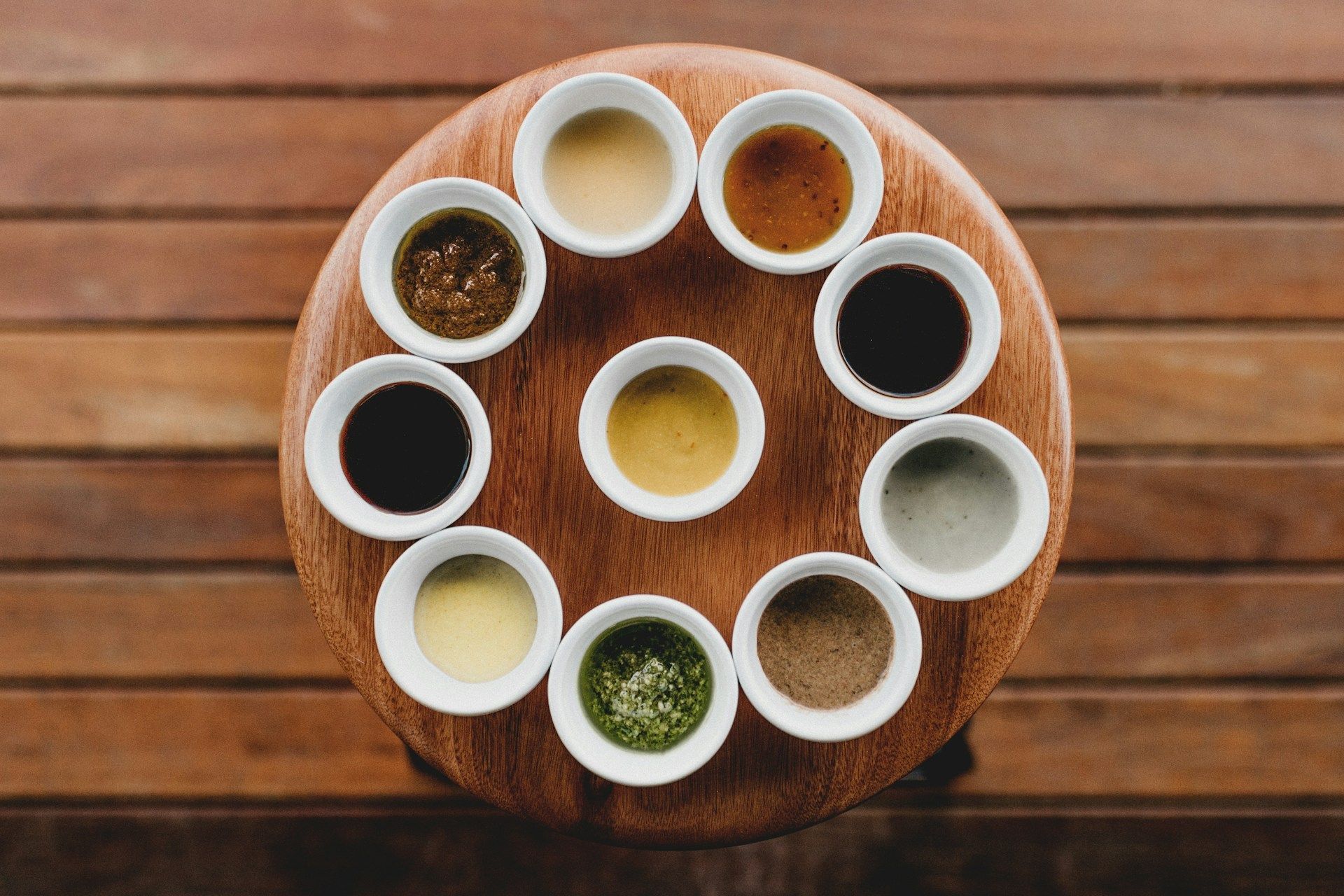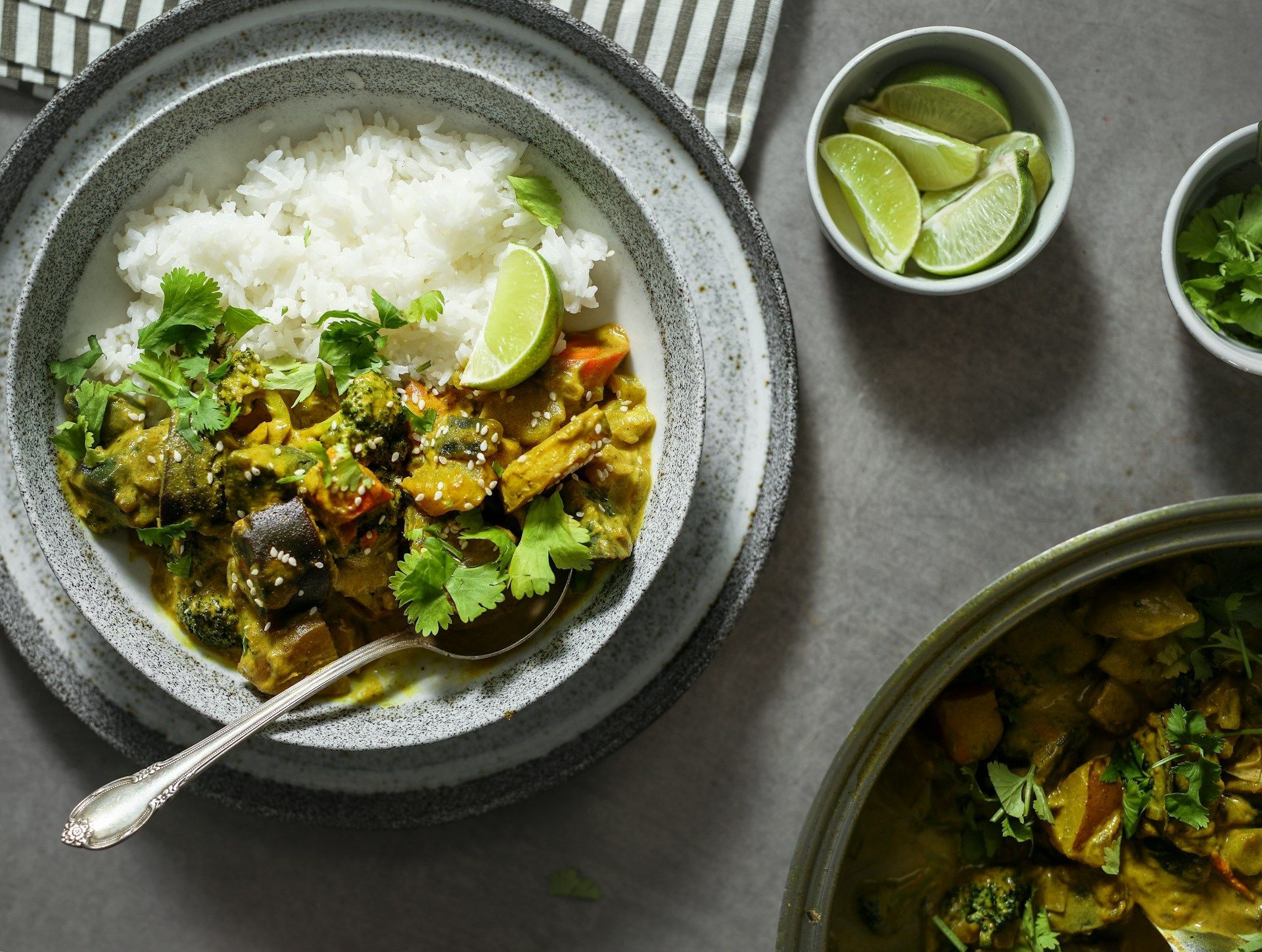A Fun Guide to Enjoying Indian Food with Your Hands
This is a subtitle for your new post
Eating Indian food with your hands is more than just a way to enjoy a meal; it’s a delightful experience rooted in tradition and culture. This practice has been passed down for generations and is prevalent in many parts of India. Using your hands to eat connects you with the food in a more intimate way and enhances the flavours and textures.
Many people find that eating with hands allows them to engage all their senses. The tactile sensation of touching the food adds another dimension to the dining experience. Moreover, it’s seen as a communal activity that brings people closer together. Sharing a meal eaten by hand fosters a sense of community and warmth that’s hard to achieve with cutlery.
Why Eating with Your Hands is Traditional and Fun
Eating with your hands is deeply embedded in Indian culture. This practice dates back thousands of years and is an integral part of dining customs in India. It is believed that eating with hands helps to balance the senses and encourages mindfulness. By using your fingers, you can feel the temperature, texture, and consistency of the food, making the dining experience more immersive.
There are also practical benefits to eating with your hands. It allows for better control over the portions you eat, which can aid in digestion. The act of mixing food with fingers also releases its aromas, enhancing the overall flavour. Additionally, it is thought that the natural oils on your skin can add subtle nuances to the taste.
Besides the cultural significance, eating with your hands can be a fun and engaging way to enjoy your meal. It brings a sense of informality and relaxation, making mealtime a more enjoyable and communal activity. Children and adults alike find it exciting to ditch the cutlery and dig in, creating lasting memories around the dinner table.
Basic Guidelines for Eating Indian Food with Your Hands
Before you start eating with your hands, it’s important to follow basic hygienic practices. Always wash your hands thoroughly with soap and water before sitting down to eat. This simple step ensures that your hands are clean and ready for handling food. Keeping your nails trimmed and clean is also crucial to prevent any dirt or bacteria from contaminating your meal.
When it comes to using your hands properly, there are a few techniques that can help you master the art. Traditionally, only the right hand is used for eating, as the left hand is considered unclean in many cultures. Use your fingers to mix the food and form small portions that you can easily lift to your mouth. The thumb is typically used to push the food into your mouth, while the fingers hold and shape it.
It's important to be gentle and mindful as you handle the food. Avoid squishing it too much or making a mess. Practice makes perfect, so don't be discouraged if it feels awkward at first. Soon, you'll find that using your hands can be a natural and enjoyable way to eat. By following these guidelines, you can embrace this traditional practice and enhance your dining experience.
Foods That Are Best Eaten with Hands
Many Indian dishes are traditionally enjoyed using hands, offering an immersive experience that heightens the flavours. Some of the most popular foods for hand-eating include naan and roti, which are perfect for scooping up delicious curries and gravies. Nothing quite beats the feeling of tearing a piece of warm, fluffy bread and dipping it into a rich, aromatic sauce.
Rice-based dishes like biryani or plain rice paired with dal (lentil soup) are also best eaten with hands. The tactile feedback from mixing rice, curry, and other components allows you to control the texture and flavour in each mouthful. Additionally, classic street foods such as samosas, pakoras, and pani puri are designed to be grabbed and enjoyed directly.
Using hands to eat these dishes offers a deeper connection to the food and allows you to appreciate the different textures and flavours more fully. The experience becomes more personal and gratifying, making each meal a memorable event.
Enhancing Your Dining Experience
Maximise your enjoyment by employing a few simple tips and adhering to dining etiquette. Start by using all your senses to appreciate the meal. Notice the vibrant colours, inhale the fragrant aromas, and take a moment to feel the textures with your fingers. This not only enhances the sensory experience but also makes you more mindful of what you’re eating.
Practising proper dining etiquette ensures a pleasant meal for everyone. Always wash your hands thoroughly before and after eating. Use your right hand, as the left hand is traditionally considered unclean in Indian culture. Take small portions that you can easily handle and avoid double-dipping when sharing dishes with others.
Consider pairing the food with complementary beverages. A cold glass of lassi or lemonade can balance the spices and cleanse your palate. By following these tips and respecting customs, you can fully enjoy the rich flavours and the delightful experience of eating with your hands.
Conclusion
Eating with your hands is more than just a traditional practice; it’s a fun and engaging way to connect with food. By understanding the cultural significance, practising proper techniques, and following dining etiquette, you can enhance your dining experience and appreciate the richness of Indian cuisine.
At Tower Tandoori, we celebrate these traditions and invite you to join us for an authentic dining experience. Our menu offers a wide variety of dishes that provide you with a delightful and immersive meal. Come savour our
Indian food near London Bridge and enjoy the unique flavours of our carefully crafted dishes!

